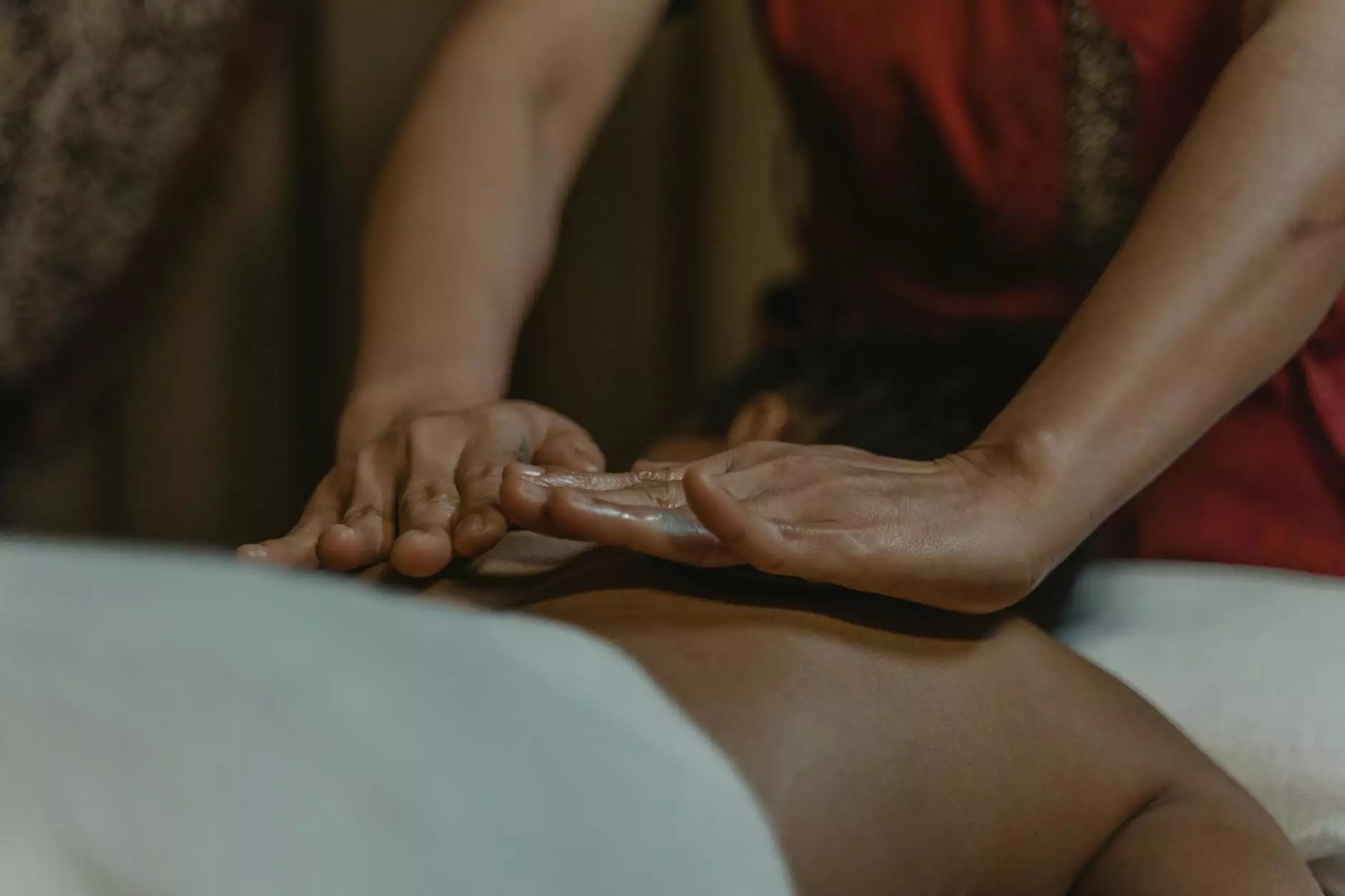Tendinopathy vs Tendinosis: Understanding the Differences and Treatment Options

Tendinopathy and tendinosis are two terms often used interchangeably in the realm of musculoskeletal health. However, they describe distinct conditions that require different approaches to treatment and management. In this comprehensive article, we will dive deep into the nuances of these conditions, explore their causes, symptoms, and treatment options, and discuss how chiropractors and physical therapists can help in managing these ailments. If you are seeking a clearer understanding of tendinopathy vs tendinosis, this guide is for you.
Understanding Tendinopathy
Tendinopathy is a general term that refers to any injury to a tendon. It encompasses a variety of conditions affecting the tendons, including both tendinitis and tendinosis. However, the term is often associated with chronic conditions involving pain and dysfunction. Tendinopathy can occur in any tendon in the body but is most commonly seen in the shoulders, elbows, knees, and Achilles tendons.
Causes of Tendinopathy
The development of tendinopathy can be attributed to several factors, including:
- Overuse: Repetitive activities or excessive strain on the tendons can lead to micro-tears and inflammation.
- Aging: As individuals age, tendon quality deteriorates, making them more susceptible to injuries.
- Poor biomechanics: Inadequate movement patterns can put additional stress on tendons.
- Inadequate warm-up: Not properly preparing muscles and tendons for activities can lead to injuries.
Symptoms of Tendinopathy
Individuals suffering from tendinopathy typically experience:
- Persistent pain: Pain that worsens with activity and improves with rest.
- Swelling: The affected area may appear swollen or tender.
- Stiffness: Stiffness in the tendon, particularly after periods of inactivity.
- Reduced range of motion: Limited mobility in the joint or area surrounding the tendon.
Understanding Tendinosis
Tendinosis is a specific form of tendinopathy that involves degeneration of the tendon’s collagen in response to chronic overuse. Unlike tendinitis, which is characterized by inflammation, tendinosis refers to a non-inflammatory process where the tendon’s structural integrity breaks down. This degenerative condition can lead to significant pain and dysfunction if not addressed appropriately.
Causes of Tendinosis
The development of tendinosis can be influenced by:
- Chronic Overuse: Prolonged and repetitive stress on the tendon can lead to degenerative changes.
- Insufficient rehabilitation: Previous injuries that haven’t healed properly can lead to further degeneration.
- Underlying health issues: Conditions such as diabetes or rheumatoid arthritis may contribute to tendon degeneration.
Symptoms of Tendinosis
Tendinosis can manifest through various symptoms, including:
- Chronic pain: Pain that persists and may worsen over time, typically localized to the tendon.
- Stiffness and swelling: While typically less swollen than tendinopathy, stiffness may be present.
- Crepitus: A crackling sound or sensation during movement.
Comparing Tendinopathy and Tendinosis
While both tendinopathy and tendinosis relate to tendon disorders, they differ fundamentally:
AspectTendinopathyTendinosisNatureGeneral term for tendon injurySpecific degenerative conditionInflammationOften associated with inflammationNon-inflammatory degenerationSymptomsPain, swelling, stiffnessChronic pain, stiffness, crepitusCausesVariety of factors including acute and chronic stressChronic overuse and insufficient recoveryTreatment Approaches for Tendinopathy and Tendinosis
Addressing both tendinopathy and tendinosis requires a multifaceted treatment approach. While the specific treatments may vary based on the condition's nature, several strategies are commonly employed:
1. Rest and Activity Modification
One of the first steps in treating *tendinopathy* and *tendinosis* is to rest the affected tendon. Activities that exacerbate pain should be modified or avoided altogether to prevent further injury.
2. Physical Therapy
Physical therapy is often a cornerstone of rehabilitation for both conditions. A physical therapist will design a tailored program that may include:
- Stretching and strengthening exercises: To enhance flexibility and increase tendon strength.
- Manual therapy: Hands-on techniques aimed at improving range of motion.
- Modalities: Utilizing ultrasound, ice, or heat to relieve pain and improve function.
3. Chiropractic Care
Chiropractors play a vital role in the management of tendon disorders. Their approach may include:
- Spinal manipulation: Addressing underlying musculoskeletal issues related to the tendon injury.
- Soft tissue therapy: Techniques aimed at addressing muscle tightness and improving blood flow.
- Advice on ergonomics and mechanics: Recommendations to prevent further injuries during daily activities.
4. Medications
Over-the-counter or prescribed medications, such as non-steroidal anti-inflammatory drugs (NSAIDs), may be recommended to manage pain and inflammation.
5. Advanced Treatments
In cases where conservative treatments fail, advanced options may be considered, including:
- Platelet-rich plasma (PRP) therapy: Utilizing components of the patient's own blood to promote healing.
- Shockwave therapy: A non-invasive treatment that employs acoustic waves to promote healing in tendons.
- Surgery: In severe cases of tendinosis, surgical intervention may be necessary to repair damaged tendons.
Preventative Measures
Preventing conditions like tendinopathy and tendinosis is crucial, especially for active individuals. Consider the following strategies:
- Strength training: A regular strength training regimen can improve tendon resilience.
- Proper warm-up: Always perform proper stretching and warm-up exercises before engaging in physical activity.
- Gradual progression: Increase the intensity and duration of activities gradually to prevent overuse injuries.
- Ergonomic adjustments: Making adjustments in work or sport environments can reduce strain on tendons.
Conclusion
In summary, understanding the differences between tendinopathy and tendinosis is essential for effective management and treatment. Both conditions can impact individuals' quality of life and activity levels but can be effectively treated through a combination of rest, physical therapy, chiropractic care, and lifestyle adjustments. By addressing these ailments early and adopting preventive strategies, individuals can maintain their physical health and well-being. If you suspect you are suffering from tendinopathy vs tendinosis, consult a qualified healthcare provider or specialist to receive tailored advice and treatment options.
For more information on managing these conditions and the role of physical therapy and chiropractic care, please visit IAOM-US.









